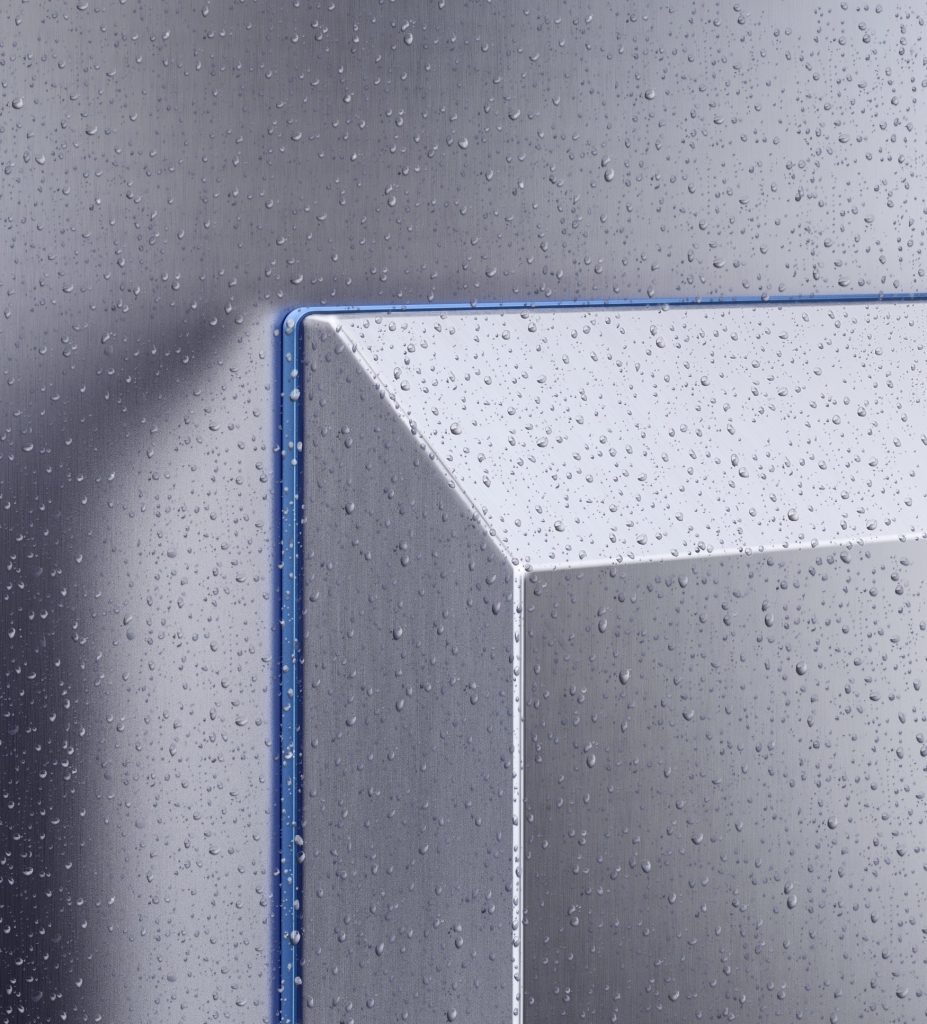By Paresh Kansara, Rittal’s Product Manager for Industrial & Outdoor Enclosures
Manufacturers in the Food and Beverage sector are faced with the challenge of improving production efficiency not only to reduce their costs but also to ensure a growing global population survives and prospers.
A recent report “Creating a sustainable food future – A menu of solutions to feed nearly 10 Billion people by 2050” 1 from the World Resource Institute states:
“As the global population grows from 7 billion in 2010 to a projected 9.8 billion in 2050, and incomes grow across the developing world, overall food demand is on course to increase by more than 50 percent, and demand for animal-based foods by nearly 70 percent.”
So, how can electrical enclosures and cooling equipment, a seemingly small part of any production process, make a significant contribution to maximising efficiency? The answer is they have a major role to play in limiting planned and unplanned production downtime.
Downtime, when production is halted, represents the “worst case scenario” for plant operators. These dead periods reduce output, add to costs, and impact sales. However, in hygiene-critical production situations, longer downtimes are unavoidable because of the amount of cleaning required. In meat-processing plants, for example, machines must be at a standstill up to 40 per cent of the time, to allow for essential cleaning work.
Hygienic Design
Typically, industrial wall-mounted enclosures and standard enclosures for machines and plant don’t support a need for fast but effective cleaning. Their basic design, as well as their various “nooks and crannies”, make cleaning more difficult, meaning they can be dirt traps and thus a breeding ground for germs.
Hygienic design stands for one principle above all: provisions for the simple and thorough cleaning of everything that could come into contact with foods – from the machine to its enclosure. It is particularly important to remove the aforementioned “dead spaces” or undercuts of any kind, as well as joints without radius, because such points are particularly prone to product residue accumulations, which in turn represent an ideal substrate for microbial contamination. For the same reason, surfaces with recesses such as the uncovered threads of screw connections, or screw heads with internal hexagons (Allen screws) or Torx screws are not allowed. Corners and joints must be smooth, gap-less and cleanly rounded.
To ensure that sprayed water is able to run off the surfaces of housings and enclosures in spray and wet zones, appropriately angled drain slopes must be provided.
The specially designed Rittal Hygienic Design (HD) enclosures meet these tough hygienic requirements in full. In addition to terminal boxes and compact enclosures in common sizes, which are available ex-stock, Rittal also has a comprehensive product portfolio that ranges from enclosures to operating housings for safely accommodating electrical equipment.
The entire range has been meticulously designed to meet the requirements, regulations and guidelines of the food and beverage industry. All the external parts are made entirely of stainless steel, which means a high resistance to chemicals, cleaning agents and disinfectants.
The enclosures meet the IP 66 protection category in accordance with IEC 60529, as well as the NEMA 4X protection class, which means they can be cleaned with a high-pressure cleaner without any impact on their internal contents.
The door seals are made of silicone instead of polyurethane (PU foam), which is more resistant to all kinds of detergents, and dyed blue, which makes it identifiable as a “foreign object” in the event of any mechanical damage. The easily replaceable (but securely inserted) one-piece gaskets, which are safely fitted on the insides of the doors and panels to the outside, guarantee an unbroken seal.
Where Cooling is Required
But the enclosure is only part of the solution. It can prevent damage to electrical equipment from dust and water ingress, but can do little to combat high temperatures. Whether the enclosure is located in a hot environment, contains equipment that produces heat, or both, a cooling solution appropriate for the application decreases the risk of components tripping or even failing, once again reducing costly interruptions to production.
The most hygienic cooling method for enclosure climate control is an air/water heat exchanger. If cooling water system is not available, then the water for individual heat exchangers can be provided via chillers which can be installed remote from the open process.
For smaller systems, the one-off procurement costs for heat exchangers, chillers and piping are generally slightly higher than the costs of classic wall-mounted cooling units. But a heat exchanger is the system of choice for hygienic environments and could quickly pay back the investment through reduced maintenance requirements and lower energy costs.
In addition to air/water heat exchangers for use with stainless steel enclosures, Rittal offers special HD versions in the 650- and 1250-watt output classes. Their design simplifies cleaning procedures and contributes to food safety.
Conclusion
It may surprise some to learn just how much of an impact a poor choice of enclosure can have on production and output. Such attention to detail makes all the difference in ensuring maximum quality and efficiency.
Further information please visit



